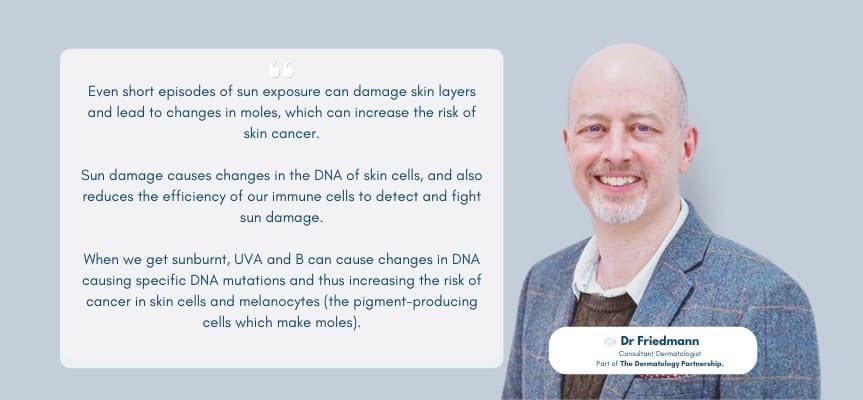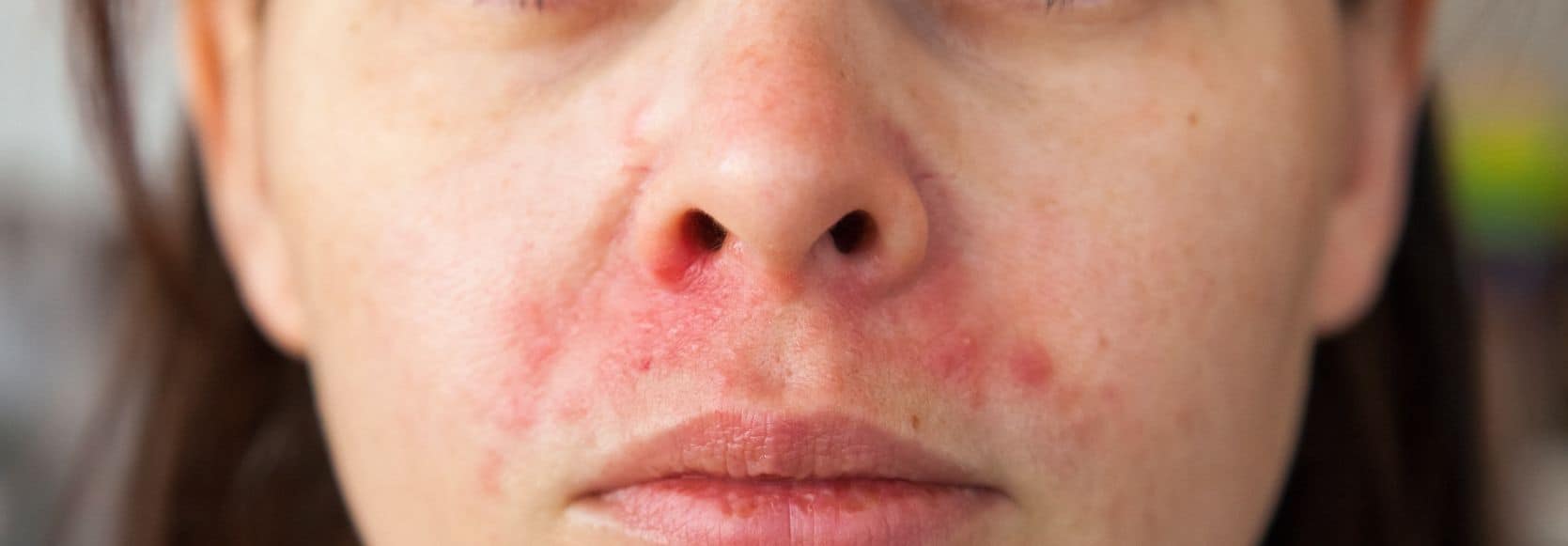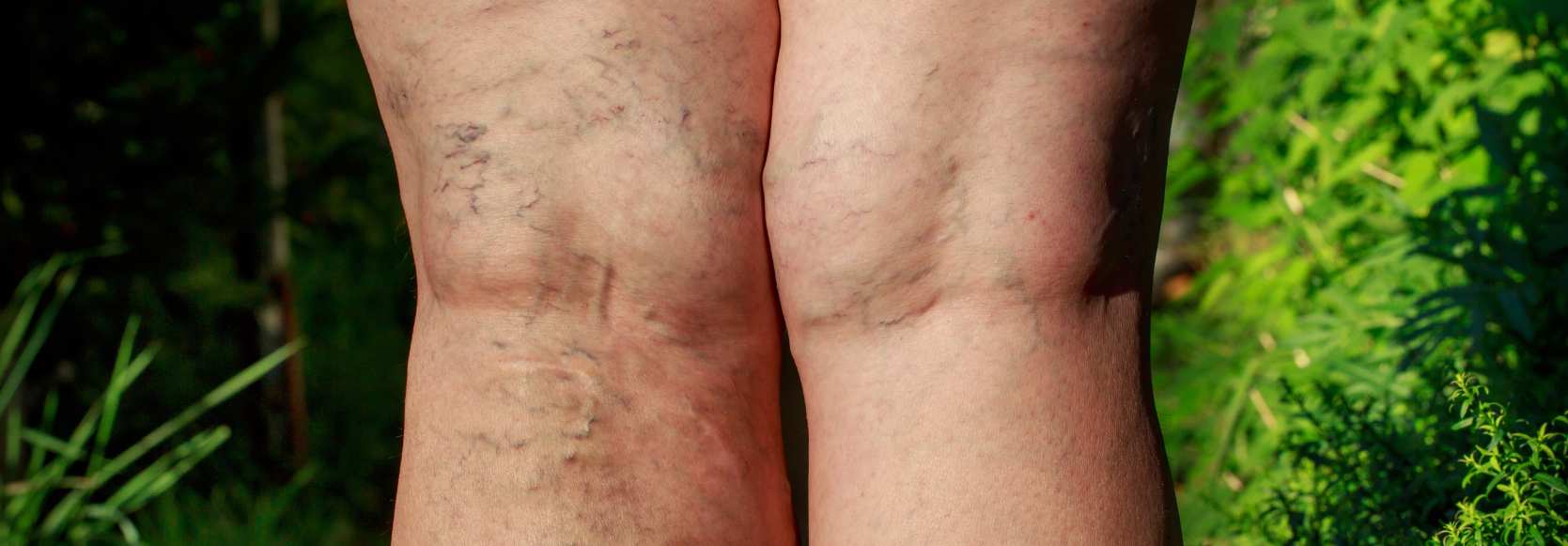May Shines a Light on Melanoma
Every May, the healthcare community rallies around an important cause – Melanoma Awareness Month. It’s a time to educate the public about the significance of early detection and the pre-emptive actions one can take to guard against this potentially fatal form of skin cancer. This month’s informative dialogues and strategic campaigns encourage individuals to become proactive in monitoring their skin health. In this detailed guide, we highlight the critical facets of melanoma, empowering you to understand the risks and take meaningful steps to protect yourself and those you love.
Grasping the Gravity of Melanoma
Melanoma isn’t just another statistic; it’s a reality affecting daily lives. This form of skin cancer can manifest in various types, with stark differences in their growth patterns and treatment requirements. While it’s less common than other skin cancers, such as basal cell carcinoma and squamous cell carcinoma, melanoma presents a unique challenge due to its aggressive nature and high potential for spreading. Data paints a concerning picture, with rising global incidences of melanoma cases demanding serious attention.

The Weight of the Numbers
In the United Kingdom alone, over 16,000 new cases of melanoma are reported annually, taking a toll on loved ones and communities. Disturbingly, the mortality rate stands at around 2,285, underlining the need for enhanced vigilance and timely intervention. By understanding these numbers, we see the lives at stake and the urgency for proactive measures.
The Sunlit Path to Prevention
Many of the factors that contribute to the development of melanoma are within our control. With a proactive approach to prevention, we can significantly reduce these risks. From UV exposure awareness to regular self-examinations, the preventative path is clear and achievable for everyone.
Unveiling the Risks Lurking in the Sun
Exposure to intense UV light is a primary risk factor for melanoma, with sunburn incidents leading the charge. Fair-skinned individuals are particularly susceptible, as are those with numerous moles. Knowing your risk profile empowers you to make informed choices that mitigate potential harm.
Seeking the Shade and Screen
Simple daily actions like wearing sunscreen with a high SPF, donning protective clothing, and avoiding the midday sun can make a difference. These habits should not be confined to summer months but embraced year-round for comprehensive protection.

Early Discovery, Powerful Outcomes
Assessing the Telltale Signs
- A for Asymmetry: An irregular shape that isn’t uniformly round or oval.
- B for Borders: Uneven or scalloped edges instead of being smooth.
- C for Colour: Multiple shades of tan, brown, black, red, white or blue.
- D for Diameter: Any mole larger than the size of a pencil eraser.
- E for Evolving size, shape, elevation or colour.
The Power of Early Notification
Prompt attention to changing moles and lesions can lead to early diagnosis and intervention, vastly improving outcomes. Regular professional skin evaluations should complement self-examinations, particularly for those in high-risk categories.
Therapeutic Horizons and Clinical Contributions
Surgical Precision in Melanoma Treatment
When used to remove localised melanomas, surgery can offer a curative path. It is often supplemented by lymph node dissections for staging purposes. Advances in surgical techniques continue to refine outcomes.
Harnessing the Body’s Defences
Immunotherapies have emerged as game-changers in the fight against melanoma. They focus on enhancing the body’s immune system to combat cancer and have been instrumental in extending the lives of many patients.
A Community United, Knowledge Divided
Awareness can change outcomes, with education a vital element in the collective response to melanoma. By engaging with local events and disseminating knowledge, we can be a beacon of awareness in our community.
Engaging in Awareness Activities
Participating in initiatives like community walks, educational talks and social media campaigns amplifies the message of melanoma awareness. Your voice’s impact can transcend screens and streets, reaching those at the highest risk.
The Ripple Effect of Shared Knowledge
Standing Together as a Supportive Force
Community support can be a lifeline for those affected by melanoma. Fundraisers, patient support groups and one-on-one counselling provide comfort and a sense of unity during challenging times.
Joining the Support Network
Connecting with local or online support networks can offer insights and emotional support to those with melanoma and their caregivers. Information on available resources can foster resilience and a shared experience of healing.
A Beacon of Hope in the Shadow of Melanoma
Ending our exploration of melanoma without action would be remiss. This month, as you consider the weight of the disease and the buoyancy of available knowledge, take a step beyond understanding. Commit to regular skin checks, practice sun safety and engage in community support initiatives. Your actions could save a life—perhaps your own.
Now is the time to step into the spotlight that May draws towards melanoma, to don the cloak of vigilance and to be a protector of your skin’s story. Your choices today can script a healthier narrative for tomorrow. In the battle against melanoma, awareness is the weapon and action is the victory.
May your melanoma awareness journey lead to personal benefit and a ripple effect of health and well-being that touches everyone around you.
Take the First Step - Schedule Your Skin Check
The first step towards a life free from the fear of melanoma is simple – schedule a skin check with a dermatologist. Make the call today; it’s not just about your health. It’s about the hands you hold, the shoulders you lean on and the company you keep. Protect your skin; it speaks volumes.





